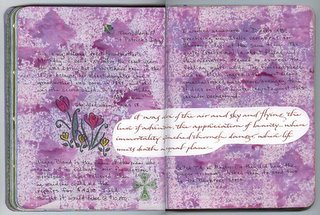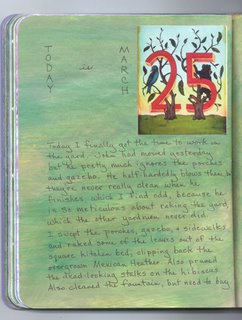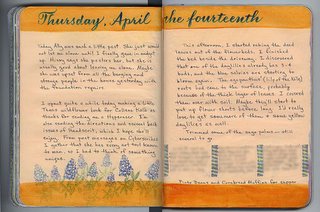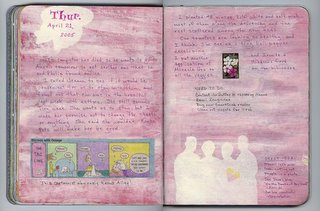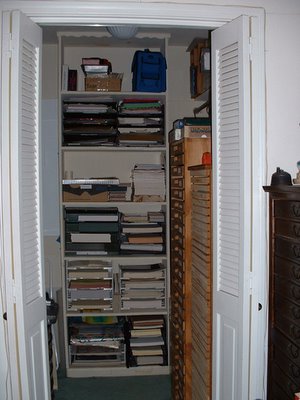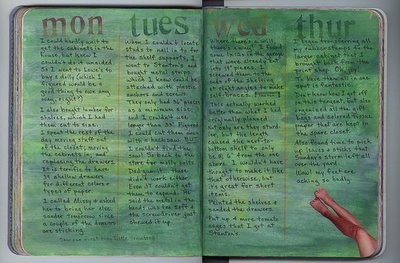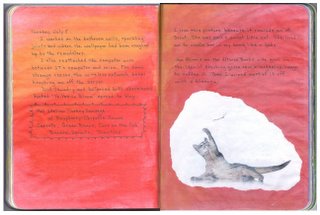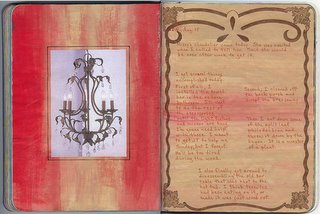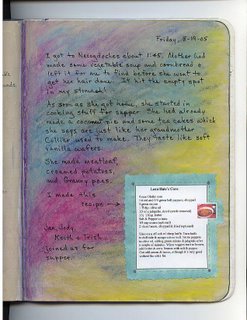
The flowers on this page are so easy and fun to do. You will need brush markers. Here are some different brands of brush markers with their characteristics:
Zig Scroll & Brush - I really like this one. It is waterproof, lightfast, & acid free. It is easy to control--springy, but not floppy. Available in 48 colors.
Zig Brushables - Same quality as the one above, but only available in 24 of the colors. However, there is a brush on each end, one with a deep color and the other with a 50% tint of that color. Wonderful for shading.
Tombow - This marker has a flexible brush on one end and a fine tip pen on the other. It is waterbased, so you can dip it in water to create washes. Available in 95 colors.
Pitt Brush Pen - This only has one drawing end and is smaller than the others. It is pigmented ink that is lightfast and waterproof. Available in 24 colors.
The four types listed above are my favorites, both for writing and doodling. I have used the Marvy Le Plume brush markers, but they are stiffer, so I am not fond of them for that reason.
I think that the Staedtler Mars Graphic 3000 Duo is difficult to write with--it has a much squishier feel, but it is good for many types of flowers.
To make the teardrop shapes of the flower petals, lay the brush almost flat to the paper and gently press. Be careful not to wiggle it. Repeat, making the shapes in a circle (or semicircle) with the points facing in. Rotate the page to make it easier to place them. Use a green marker for the leaves, and make them the same way, but press with the points facing out. Use a fine tip in a coordinating color to add the defining lines around the brush shapes. You can experiment to see if you like to add the stems or the leaves first. Add a dot for the center of the flower.
You can make dozens of different types of flowers with these brush markers, as well as vines, ferns, hearts, butterflies, palm trees, grasses, ribbons, stars, suns, etc. You are only limited by your imagination. Just start playing and you will amaze yourself.




